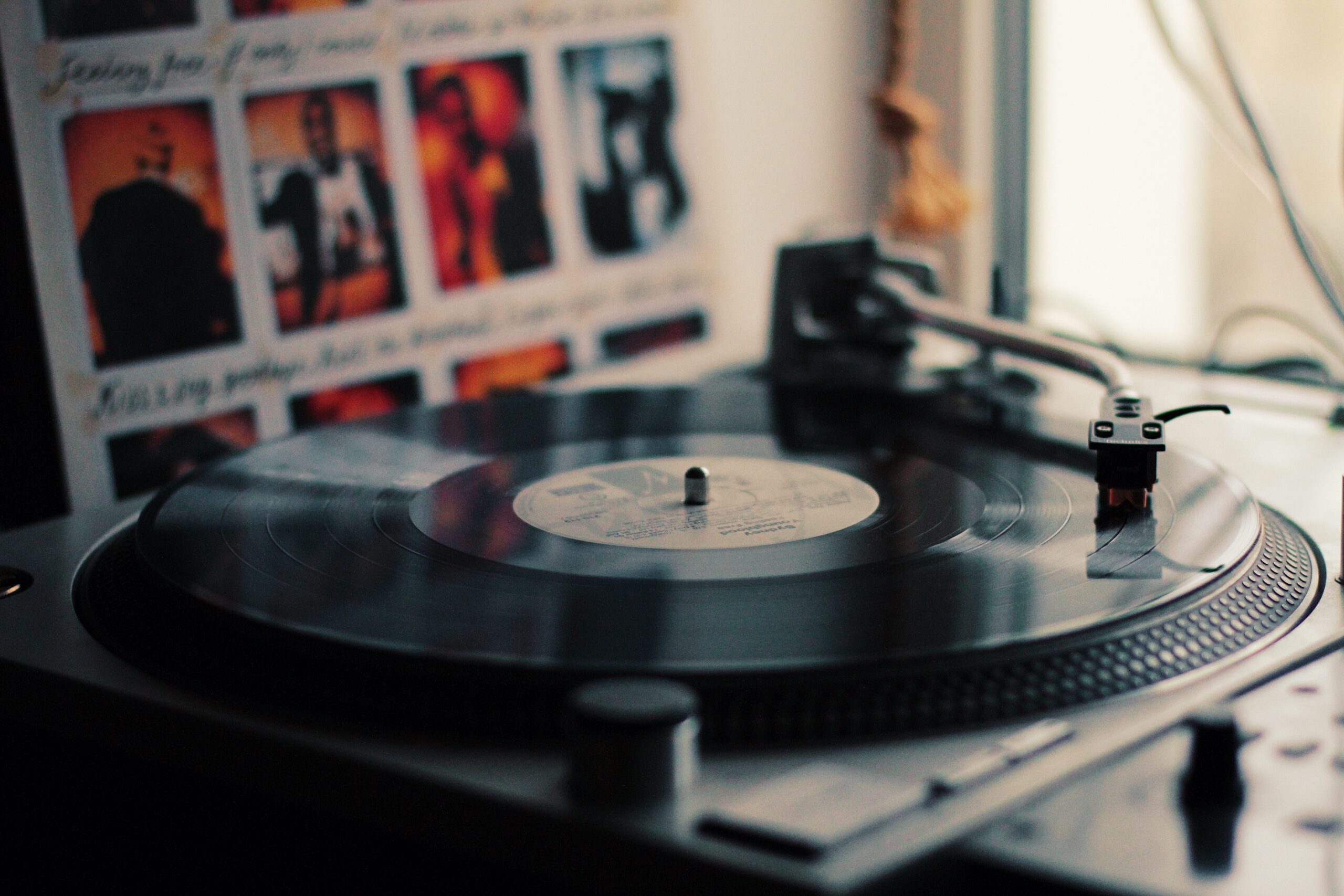Since the birth of modular synthesiser, two name have defined the whole world of modular synthesisers. These are Moog Modular and Buchla Modular synthesisers. These two giants brought the wholesome modular synthesiser to the music scene and for public use rather than keeping them as some sort of lab tools only for testing them inside a lab with Phd tags all over you. This led to the time when a whole new musical scene was born and a whole new culture with modular synthesis emerged.
This article will tell you more about magnificent Buchla synthesisers.
The limitations of modular synthesisers
Even though modular synthesisers had a lot more to offer to musicians, due to the complexity of modular synthesisers, live performers preferred stand-alone keyboard synthesisers over modular synthesisers. Also, the bulkiness of modular synthesiser was quite inconvenient to carry on wherever they want. This was even quite difficult for performer who were constantly on tour. Nevertheless, due to the unlimited creativity of modular synthesisers, almost all musicians who were fascinated by the sound synthesis possessed a modular synthesiser for themselves.
The advent of Buchla synthesisers
Buchla synthesiser were the go to choices of the 1960s if it was not the Moog Modular. The whole Buchla Modular synthesisers were not only able to create other worldly sound but also quite able to catch your attention by its look.
The first glance at Buchla will certainly give you the impression that of a space shuttle or something like that. Buchla Modular synthesiser came to existence with the brilliant mind of Donald Buchla from Berkley, California in 1963.
The work of Donald Buchla
There is an interesting side of how the whole Buchla series came into existence. Buchla was created by the response of the need for miniature version of large studio equipment of modular synthesiser at its infancy, such as a series of oscillators, filters and other components were put together independently to form a whole sound like of latter wholesome modular synthesisers. The response to address this issue from Don Buchla was for the San Francisco Tape Music Center composers Morton Subotnick and Ramon Sender.
Don Buchla got investment of $500 from Rockefeller Foundation in 1964. To bring the vision of Subotnick’s voltage-controlled instrument, which he envisioned to allow the musicians and composers to play and design sound of their vision. Don Buchla successfully brought the whole idea into life and made a portable version of modular synthesisers. He combined the whole idea of separate audio generators and other electronic components. This was a major breakthrough in the world of synthesisers.
He made it very clear with comprehensive instructions that how each part of the components plays a specific role to the Buchla Modular synthesiser.

